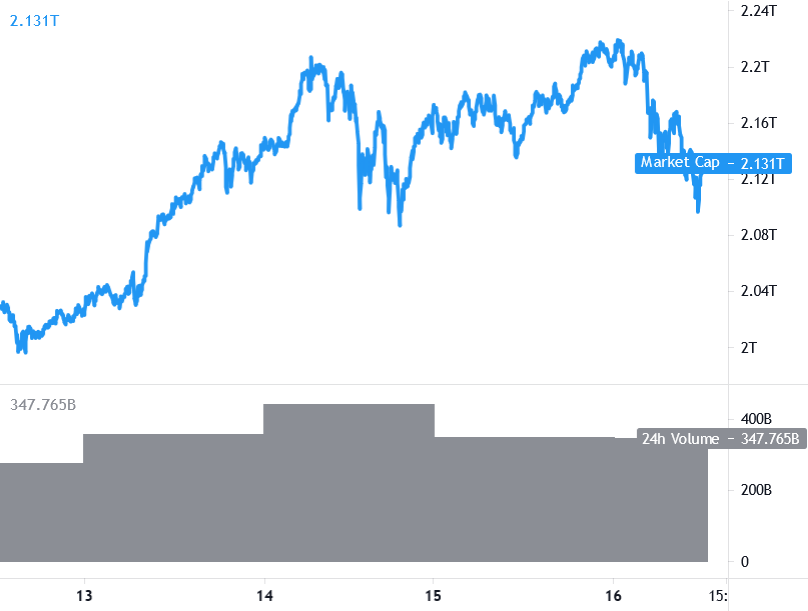Hong Kong Monetary Authority (HKMA) has initiated talks with the People’s Bank of China’s Digital Currency Institute to test digital yuan in the autonomous administrative region, HKMA CEO, Eddie Yue revealed.
The two counterparties are trying to figure out the technical feasibility of testing the central bank digital currency (CBDC) in the region outside mainland China. The Hong Kong central bank is more inclined to test the cross-border payments feature with the PBoC’s digital currency.
“As the renminbi is already in use in Hong Kong and the status of e-CNY is the same as cash in circulation, it will bring even greater convenience to Hong Kong and Mainland tourists,” Yue noted.
However, there is no definite timeline for the test launch.
“While there is not yet a timetable for the launch of e-CNY, it will certainly offer an additional payment option to those in Hong Kong and the Mainland who need to make cross-border consumption,” the official release added.
Bringing Yuan Closure to the Financial Hub
Hong Kong has a separate monetary system from China, and the HKMA expressed its willingness to test digital yuan earlier in October. However, the special-administrative region’s regulator is not willing to circulate the CBDC for domestic use.
China completed the digital yuan development process long ago and is since testing it in various urban settings.
The PBoC has partnered with several private companies to test Digital Currency, Electronic Payment (DC/EP). Moreover, the Chinese central bank entered Bejing to test the CBDC.
One of the banking participants of the digital currency project conducted a lottery in October and distributed $1.5 million in digital yuan to thousands of Shenzhen citizens.
Meanwhile, the HKMA is already testing CBDC use cases with its Thai counterparts for making cross-border payments more efficient.
“The research project has entered its second stage, including exploring specific business applications as well as the operability and scalability of the platform to allow the participation of three or more CBDCs,” Yue added.











